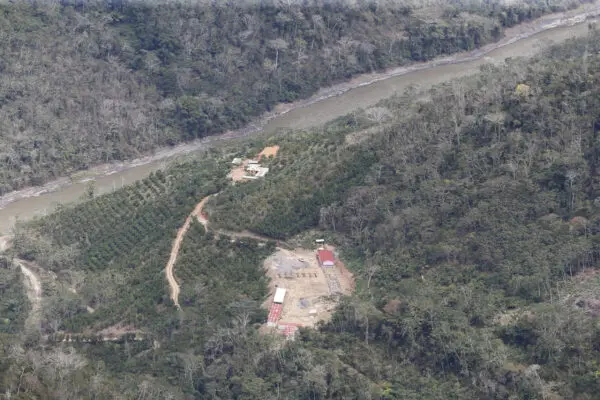Ineke Steinhauer
Senior Advisor Environmental and Social Assessment


The NCEA issued an advisory review of two EIA studies for hydrocarbons exploration in the Camisea blocks and of a scoping document for the further development of these resources. The review of the EIAs was performed as a joint activity with Peruvian counterparts and therefore served as an on-the-job training. There seemed to be potential for development of a more extensive capacity development programme on EIA review, but this has not materialised.
The Commission was asked by the Dutch Embassy in Lima, also on behalf of the Peruvian Ministry of Energy and Mines (competent authority in Peru), to carry out an advisory review of two EIA studies that had already been performed and approved (Camisea Appraissal Drilling Campaign [1996] and Pagoreni/ San Martin East Exploratory Wells [1997]) and a review of the scoping document for the three EIAs for the FFDP. A second aim was to contribute to capacity building on EIA in Peru by undertaking a joint review with the Peruvian competent authority. The program of the site visit contained two workshops conducted by the commission.
The main findings of the review of the two EIA studies are that in general insufficient quantitative data were submitted on the amount of gas and its chemical composition, the chemicals used, wastes and waste water generation. Shell’s commitment to the ‘highest international standards’ and ‘state of the art technology’ is very positive, but could not be verified from the EIA documents. A description of the autonomous development was lacking. Alternatives were not described (alternatives have been considered in an internal selection process, but only the resulting selection is described in the EIA study) and a comparison of the impacts of different alternatives is, therefore, missing as well. The Commission found that a new EIA is prepared for each phase of the project. Good understanding of long-term impacts is needed at this stage of the project and a ‘master plan’ covering this is missing in the existing EIAs. A great deal of documentation has been produced that does not form part of the EIAs although the most relevant parts should be summarized in the EIAs.
On the basis of the review of the existing EIAs, the Commission, by way of example, has developed a review framework tto serve as a guideline for the further EIA process for the field productions wells in Camisea. This framework could serve as an example of project and site specific terms of reference for the forthcoming EIAs by shell and any other oil or gas company working in rainforest areas in Peru.
The workshop revealed a lack of capacity to criticize the contents of Shell’sEIA studies. Criticisms are directed towards the process (eg public participation) and not the technical contents. This applies to the Peruvian national and regional government, NOGs and indigenous groups. Shell also identifies not having a counterpart on environmental and technical issues as handicap. All groups would very much welcome an EIA training programme in Peru, particularly one dedicated to developing technical expertise to effectively review EISs.
In mid 1998 Shell took the decision to withdraw its activities because no agreement could be reached with Peru on prices and tariffs.
In 1999 Shell was awaiting tender documentation from the Peruvian Government which would define the scope and terms iof the new Camisea project. Bids seem likely to be required before the end of 1999.
Shell International B.V.
Dutch Ministry of Foreign Affairs, Ministry of Energy and Mines - Peru